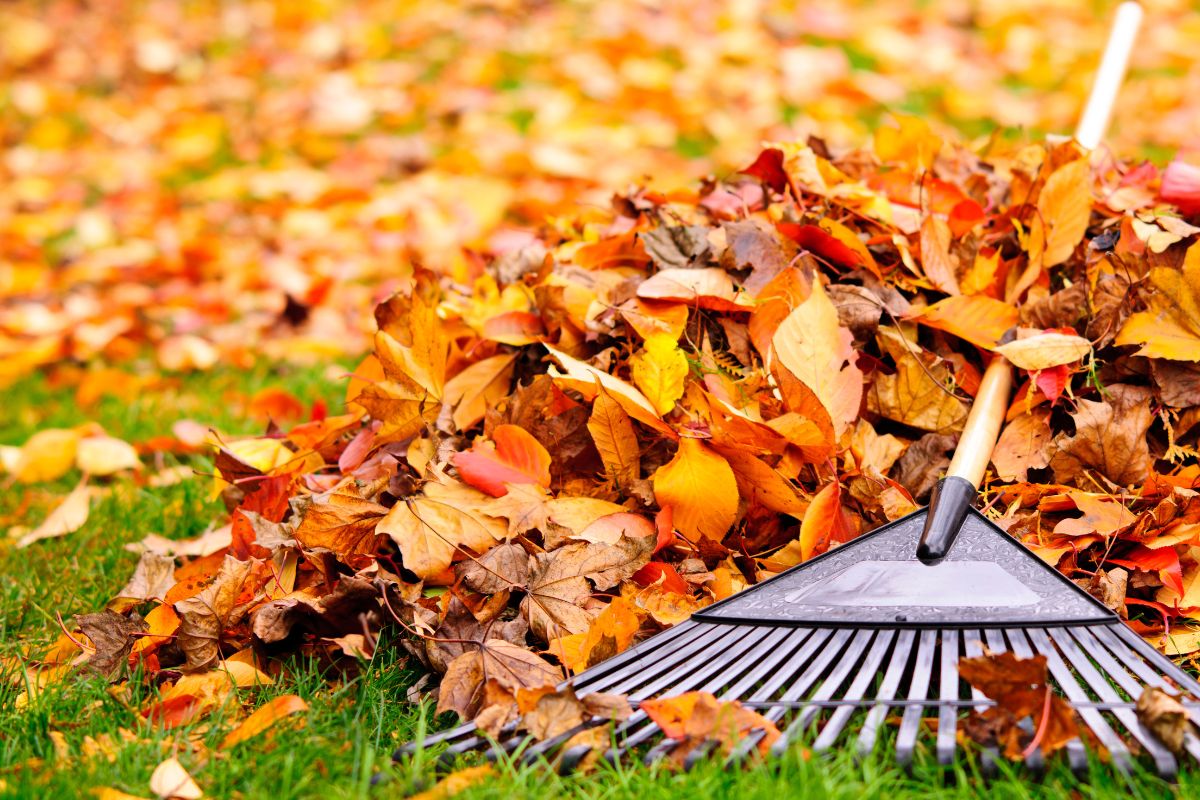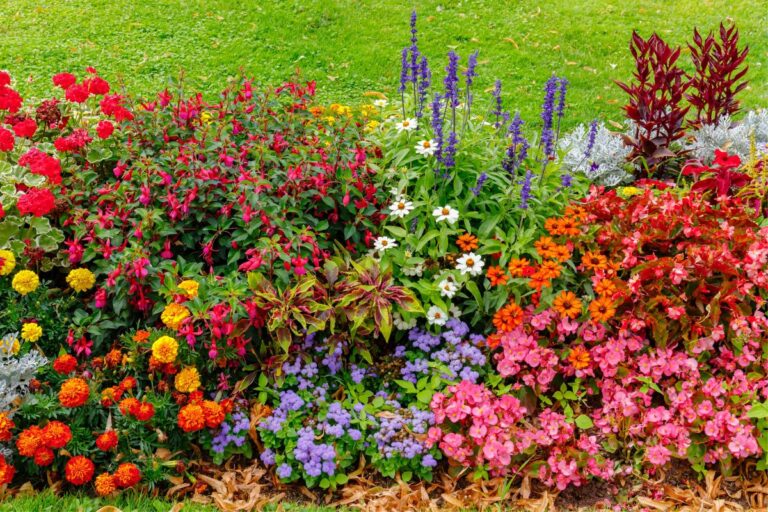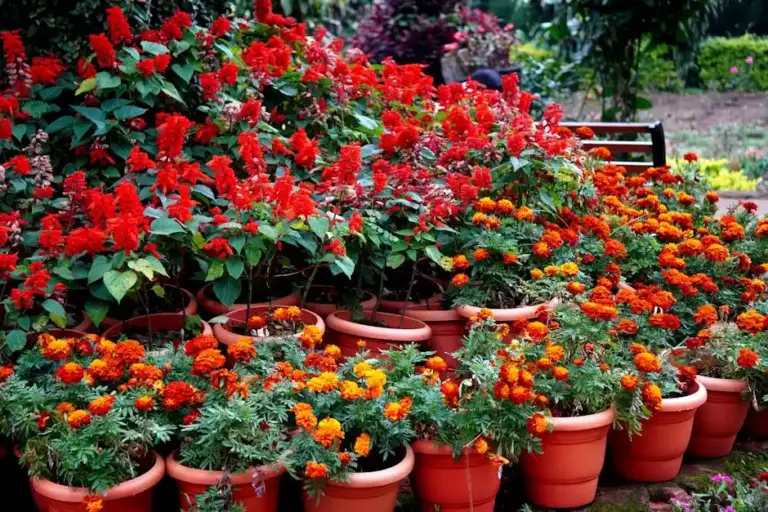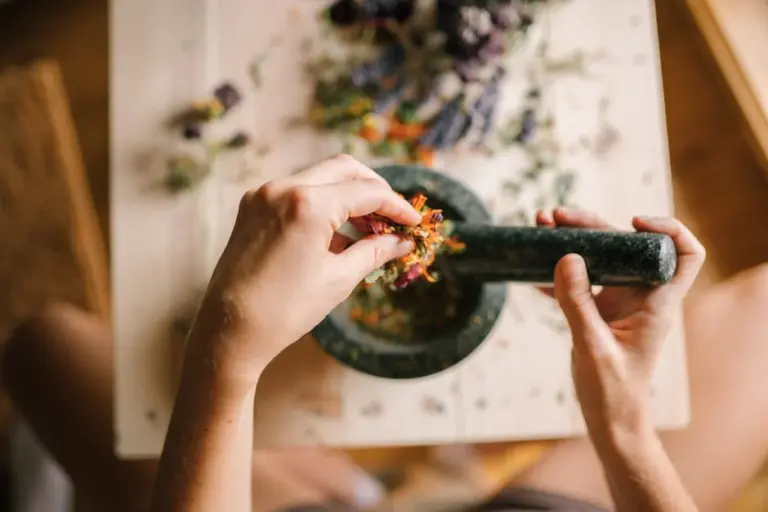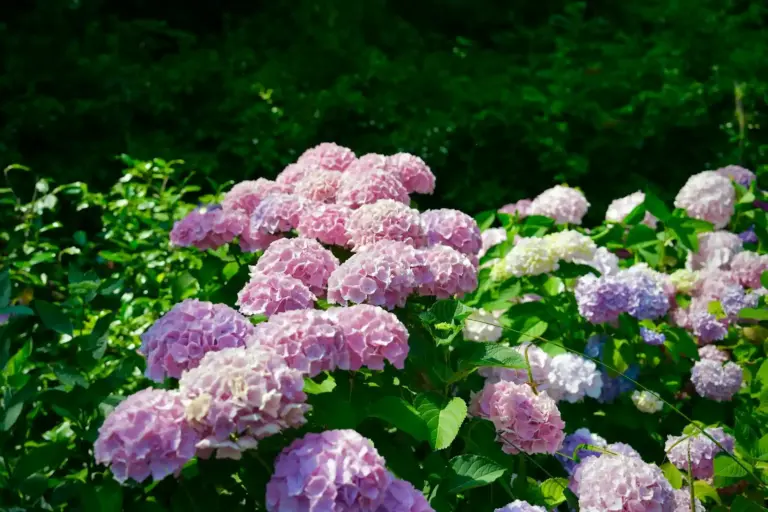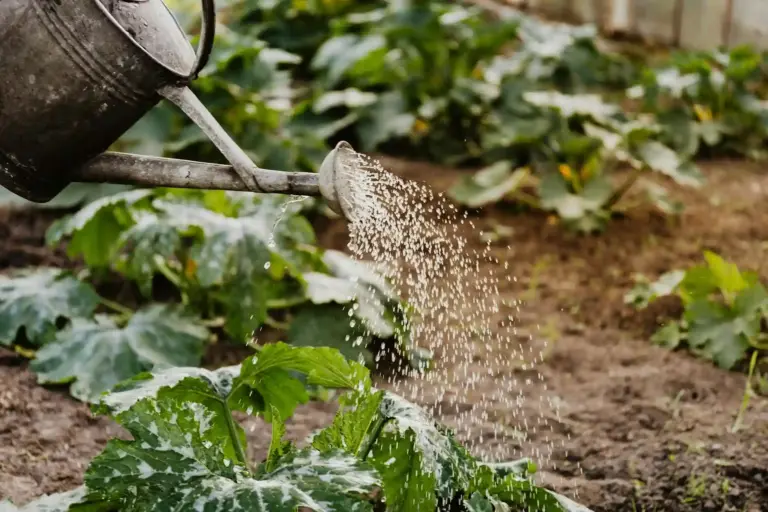Creative Ways to Use Fallen Leaves in Your Garden for a Lush, Eco-Friendly Space
Fallen leaves often feel like just garden waste, but they can actually be a valuable resource for your outdoor space. Instead of tossing them aside, you can find practical and creative ways to repurpose leaves that benefit your plants and soil.
Using fallen leaves in your garden can improve soil health, protect plants, and reduce waste. With a bit of know-how, you can turn these natural materials into something useful that supports your garden’s growth throughout the year.
Use leaves as natural mulch to retain soil moisture and suppress weeds

You can spread fallen leaves around your garden beds to create a natural mulch. This layer helps keep the soil moist by reducing water evaporation, so your plants need less frequent watering.
The leaves also act as a barrier that makes it harder for weeds to grow, saving you time on weeding. Over time, the leaves break down and add valuable organic matter to your soil, improving its health.
Create leaf mold by piling leaves in a shady spot to make nutrient-rich soil amendment
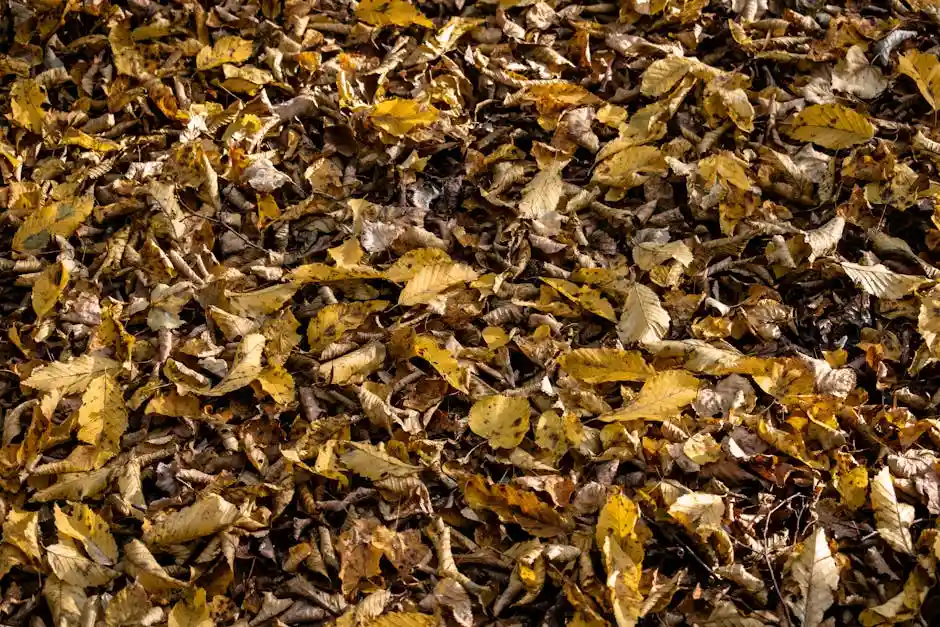
You can turn fallen leaves into leaf mold, a natural soil booster, by simply piling them in a shady, well-ventilated spot. Shredding the leaves first helps speed up the process and creates a more even texture.
Keep the pile moist but not soggy, so fungi can break down the leaves effectively. Over time, usually several months to a year, the leaves will decompose into dark, crumbly leaf mold.
This leaf mold improves soil structure, retains moisture, and adds valuable nutrients to your garden bed. It’s an easy, low-effort way to recycle leaves while supporting healthier plants.
Shred leaves with a mower and spread around garden beds for quick mulch
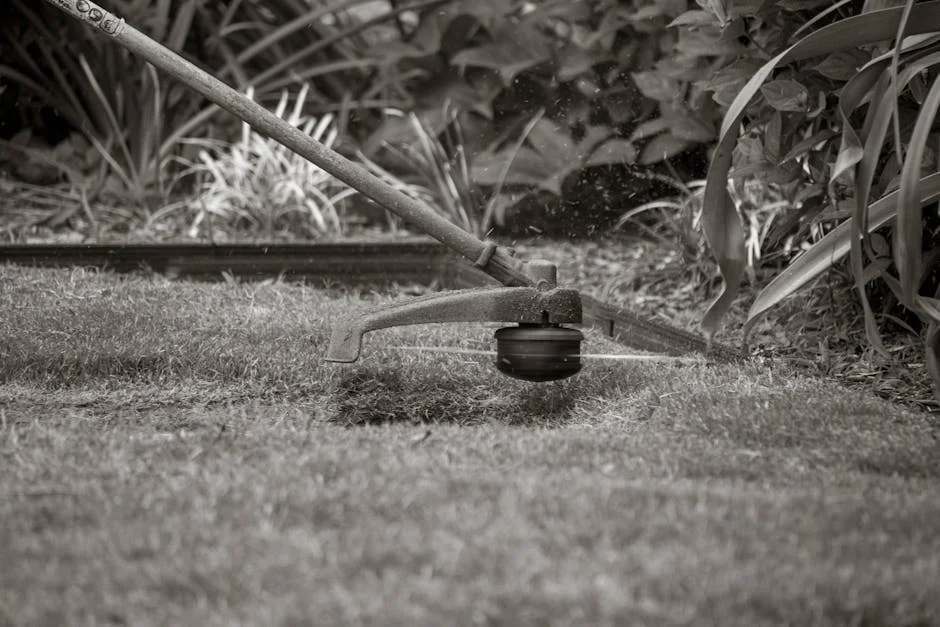
You can easily shred fallen leaves using your lawn mower. Simply run over a pile of dry leaves on a hard surface like your driveway. The mower blades chop the leaves into smaller pieces that break down faster.
Once shredded, spread a thin layer about 2-3 inches thick around your garden beds. Avoid piling leaves directly against plant stems to prevent moisture buildup and rot.
This mulch helps retain soil moisture and suppresses weeds. It also adds organic matter to the soil as the leaves decompose, improving texture and health over time. Using your mower for this task saves time and reduces waste.
Line garden paths with whole leaves for a soft, biodegradable walkway
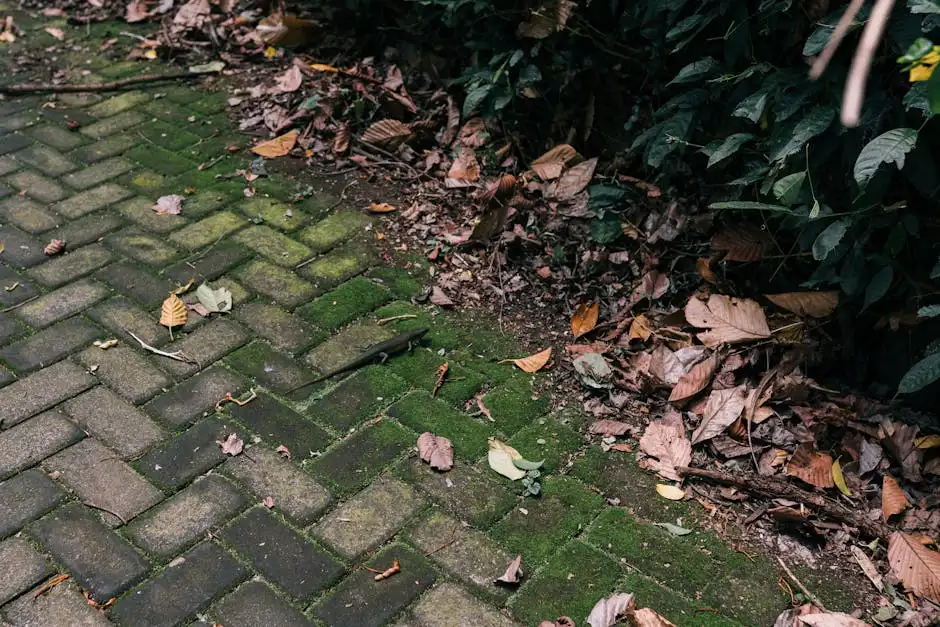
You can create a natural, soft walkway by lining your garden paths with whole fallen leaves. This gives a gentle cushion underfoot, making your path more comfortable to walk on.
Leaves help protect the soil beneath from compaction and erosion, especially during rainy days. Over time, they break down and enrich the soil, adding organic matter.
Using whole leaves keeps the walkway biodegradable, so you won’t have to worry about removing or replacing materials later. It’s an easy, budget-friendly way to enhance your garden path while helping the environment.
Add leaves to compost bins to balance nitrogen-rich kitchen scraps
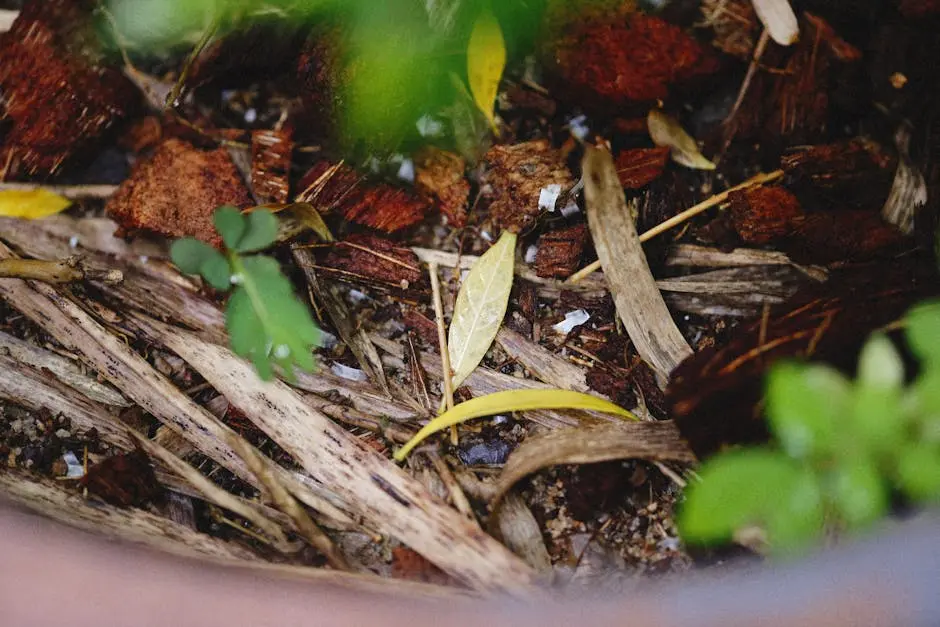
When you compost, leaves act as carbon-rich “browns” that balance the nitrogen-rich “greens,” like kitchen scraps. Adding leaves helps create the right mix for effective decomposition.
Shredding the leaves before adding them speeds up the process. You can layer shredded leaves with food scraps like vegetable peels or coffee grounds to keep your compost healthy.
Make sure to turn your compost regularly. This helps air get in, speeding up breakdown and reducing odors. Keeping the mix moist but not soggy is also important for good results.
Use leaves to insulate tender plants during winter with a protective layer
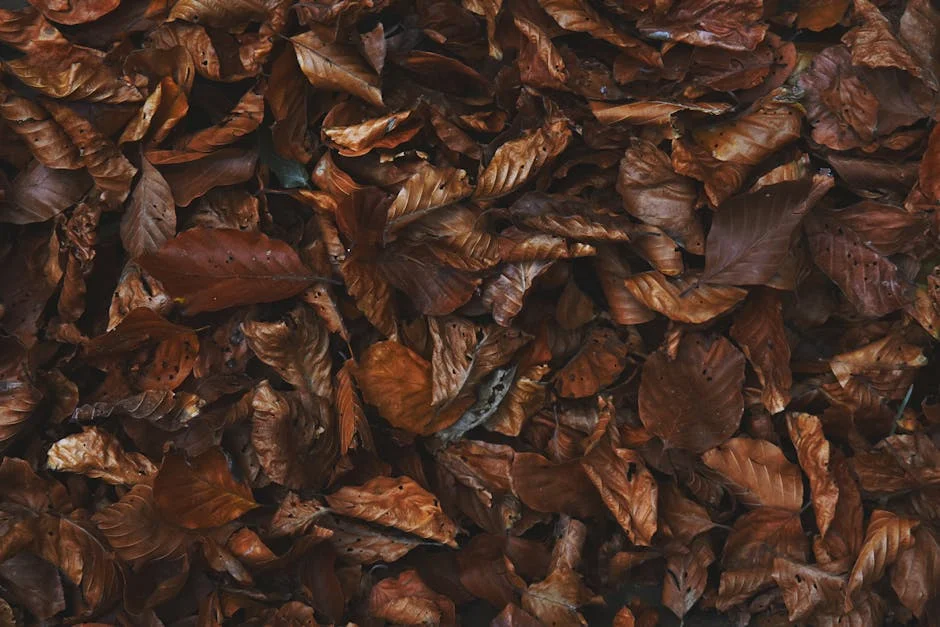
You can use fallen leaves to protect your tender plants from harsh winter cold. Spread a thick layer of shredded leaves around the base of your plants. This natural blanket helps keep the soil warm and prevents frost damage.
A 6-inch layer of leaves works well to insulate your plants from freezing temperatures. The leaves also help retain moisture, so your plants stay hydrated even in chilly weather. This simple step can save your garden from winter stress.
Stuff birdhouses with dry leaves to attract and help local wildlife

You can use dry fallen leaves to line birdhouses in your garden. This adds insulation, making the space warmer and more comfortable for nesting birds.
Leaves also provide soft material for birds to build nests. This encourages them to stay and raise their young safely.
Using leaves in birdhouses supports local wildlife by offering shelter during colder months. It’s an easy, natural way to help birds thrive in your garden.
Make a leaf blanket over new plantings to prevent frost damage
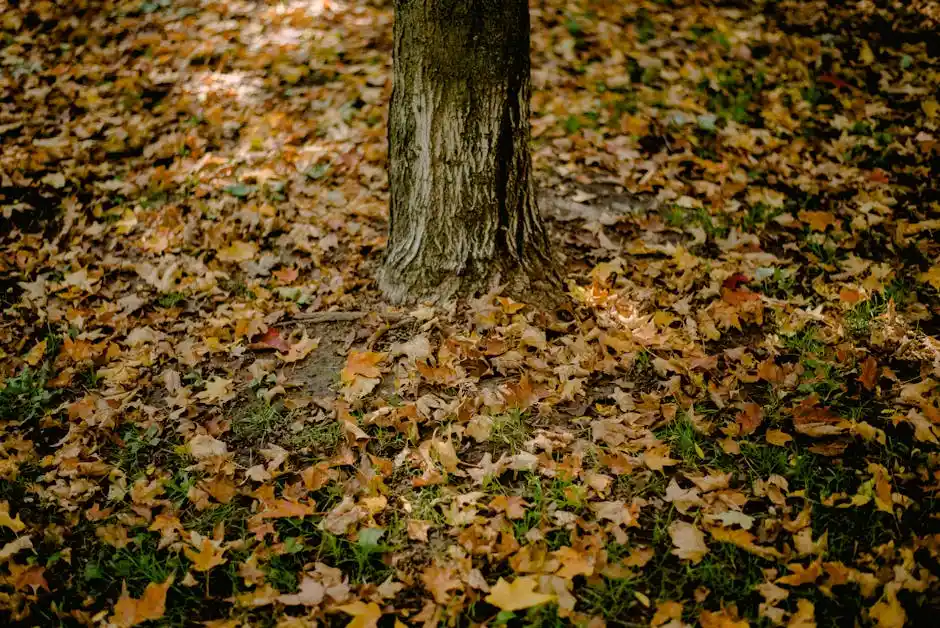
You can use fallen leaves as a natural blanket to protect new plants from frost. Spread a 2-3 inch layer of shredded leaves around your young plants to help keep the soil warm. This insulation reduces the risk of frost reaching the roots.
Leaves trap air, which acts as a buffer against freezing temperatures. This is especially helpful for plants on the edge of their hardiness zones. Just be sure not to pile the leaves too thick, so your plants still get enough air.
Mix shredded leaves into flowerbeds to improve soil texture and aeration
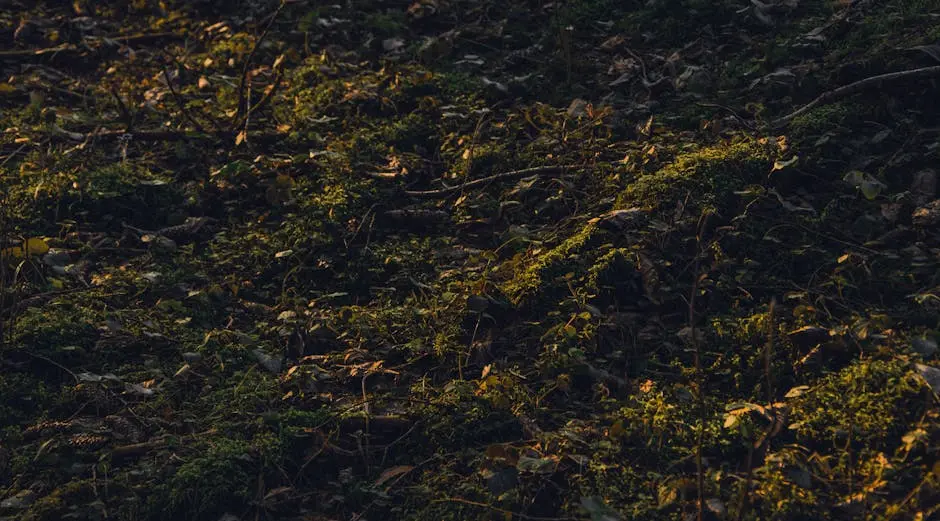
You can shred fallen leaves and work them directly into your flowerbeds. This helps loosen compacted soil, making it easier for roots to grow.
Shredded leaves add organic matter, improving soil structure and moisture retention. This creates a better environment for your plants.
By mixing leaves into the soil, you also encourage beneficial organisms like earthworms. These creatures help aerate the soil naturally.
Try adding a layer of shredded leaves in the fall, then till them in before planting season. This simple step can lead to healthier flowerbeds.
Use leaves as a base layer in raised garden beds to enhance drainage

You can use fallen leaves as a base layer in your raised garden beds to improve soil drainage. Leaves create air pockets that help water move through the soil more easily. This reduces waterlogging and prevents root rot.
It’s best to add leaves in thin layers, about six inches thick, to avoid compacting them. Over time, the leaves will break down and add nutrients to your soil. Just remember not to fill the entire bed with leaves—mix them with soil for the best results.

